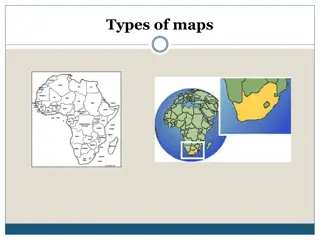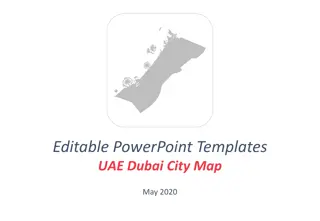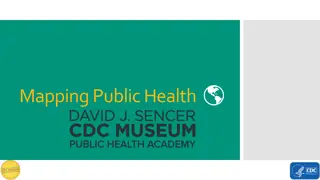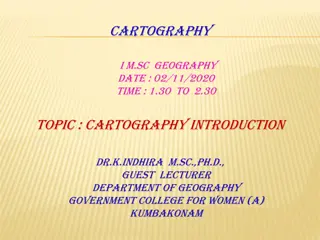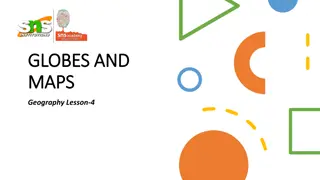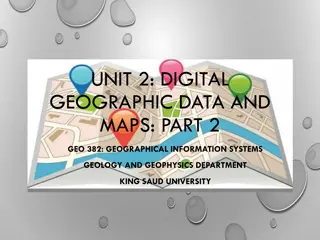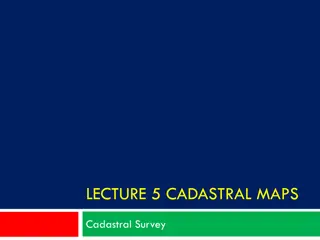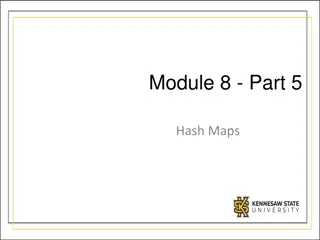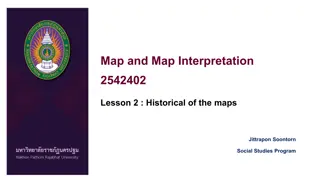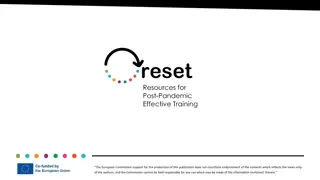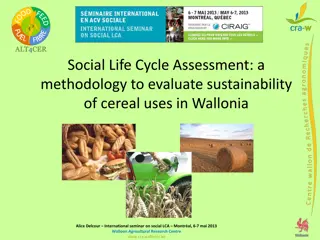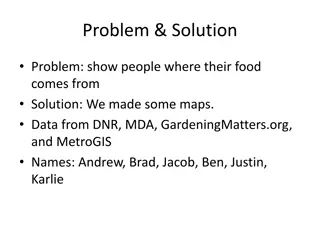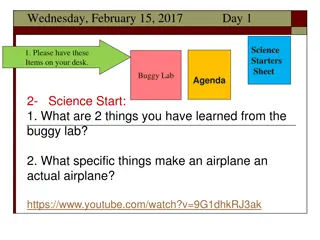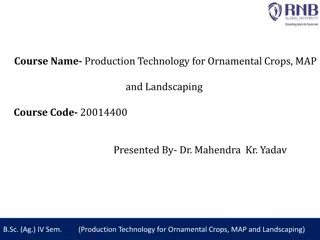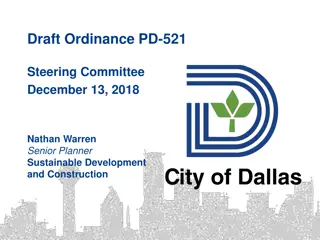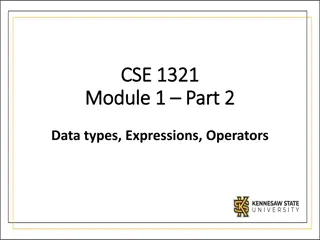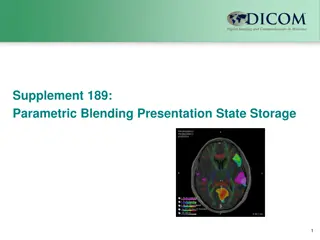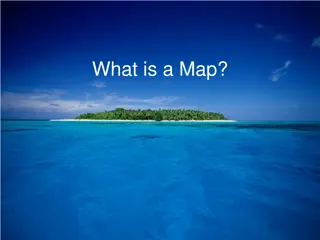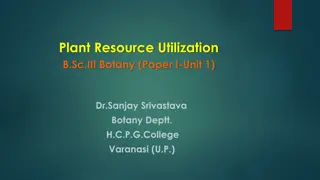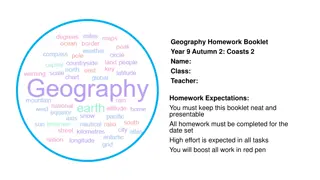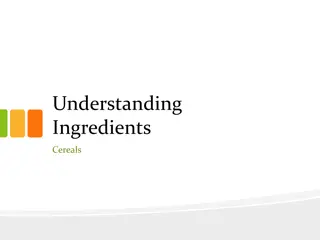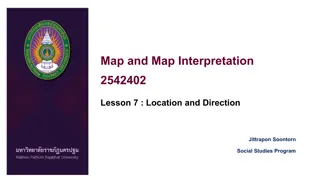Understanding Different Types of Maps and Their Uses
Learn about the advantages and limitations of using a globe versus maps for studying the earth, as well as the various types of maps like Physical, Political, Thematic, Sketch, and Plan maps. Each type serves a specific purpose, from showing natural features to detailed information on cities, towns, and villages. Discover how maps provide more detailed information than globes and are essential tools for different geographical studies.
Download Presentation

Please find below an Image/Link to download the presentation.
The content on the website is provided AS IS for your information and personal use only. It may not be sold, licensed, or shared on other websites without obtaining consent from the author. Download presentation by click this link. If you encounter any issues during the download, it is possible that the publisher has removed the file from their server.
E N D
Presentation Transcript
SK RAI SSGJ
We have learnt in the previous chapter about advantages of a globe. limitations as well. A globe can be useful when we want to study the earth as a whole. But, when we want to study only the part of earth, as about our country, states, districts, towns & villages, it is of little help. In such situation we use maps. the However, globe has A map is a representation or a drawing of the earth s surface according to a scale. But it s impossible to flatten a round shape completely. We find that maps are useful to us for various purposes. One map shows a small area and a few facts. Another map may contain as many facts as a big book. When many maps are put together we get an Atlas book. Atlases are of different sizes, measurements drawn on different scales. Maps provide more information than the globe. They are of different types. Some of them are described below:
PhysicalMap Maps showing natural features of the earth such as Mountain, Plains, Oceans, Rivers etc. are called PHYSICAL or RELIEFMAP. Plateaus, POLITICALMap Maps showing cities, towns & villages & different countries & states of the world with there boundaries POLITICALMAP. are called ThematicMap Some map focus on specific information; such as road map, rainfall maps, maps showing distribution of forest, industries etc. are known asTHEMATIC MAP.
S K E T C H A SKETCH is a drawing mainly based on memory and spot observation and not to scale. Sometimes a rough drawing is required of an area to tell where a particular place is located with respect places. Supposes, you want go to your friend s house, but you don t know the way. Your friend will make a rough drawing to show the way to his/her house. Such a rough drawing is drawing is drawn without the scale, & is called a SKETCH MAP. to others
p la n A PLAN is a drawing of a small area on a large scale. A large scale map gives lots of information, but certain things which we may sometimes want sometime. For example the length & breadth of a room, which can t be shown in the map. At that time, we can refer drawings scale is called a PLAN. they are to know drawn to
There areTHREE types of COMPONENTS OF MAPS. They Are:- Distance DIRECTION S Y M B O L
Distance Maps are drawing which reduce the entire world or a part of it to fit on a sheet of paper. Or we can say maps are drawn to reduced scale. But this reduction is done very carefully so that the distance between the places is real. It can only be possible when a small distance on paper represents a large distance on ground. Therefore, a scale is chosen for this purpose. Scale is the ratio between the actual distance on the ground and the distance shown on the map. For example, the distance between your school and your home is 10Km. If you show this 10Km. distance by 2 Cm on a map, it means 1Cm is 5 Km on the ground. The scale your drawing will be, 1Cm. is equal to 5 Km. Thus, scale is very important in any map. If you know the scale, you will be able to calculate the distance between anytwo place onamap. When Large areas like continent or countries are to be shown on a paper, then we use small scale. For example 5 Cm. on the map shows 500 Km. of the ground. Itiscalled aSMALLSCALE MAP. When a small area like village or town is to be shown on paper, then a use a large scale, i.e. 5 Cm on the map shows 500Meter Only on the ground. It iscalled LARGESCALE MAP. Large Scale Maps give us more information than Small Scale Map. Back
DIRECTION Most maps content an arrow mark with the letter N at the upper right hand corner. This arrow shows the North Direction. It is called the North Line. When you know the North, you can find out other directions, for example East, West and South. There are major directions, North, South, East and West. They are called CARDINAL POINTS. directions are North-East (NE), South-East (SE), South-West (SW). We can locateany place more accurately with the help of these Intermediate Directions. Other four intermediate North-West (NW) and We can find out the direction of a place with the help of Compass. It is an instrument used to find out Main Directions. Its magnetic needle always point towards North and South Directions. Back
S Y M B O L It is the third important component of a map. It is not possible to draw on a map the actual shape and size of different features such as buildings, roads, bridges, trees, railway lines or a well. So, they are shown by certain letters, shades, colours, pictures and lines . These symbols give a lot of information in a limited space. With the use of these symbols, maps can be drawn easily and are simple to read. Even if you don t know the language of an area and therefore cannot ask someone for directions , you can collect information from maps with the help of these symbols. Maps have a universal language that can be understood by all. There is an international agreement regarding the use of these symbols. These are called CONVENTIONAL SYMBOLS. Various colours are used for this purpose. For example, generally blue is used for showing water bodies, brown for mountain, yellow for plateau and green isused for plains. Click Here for someSymbols Back


